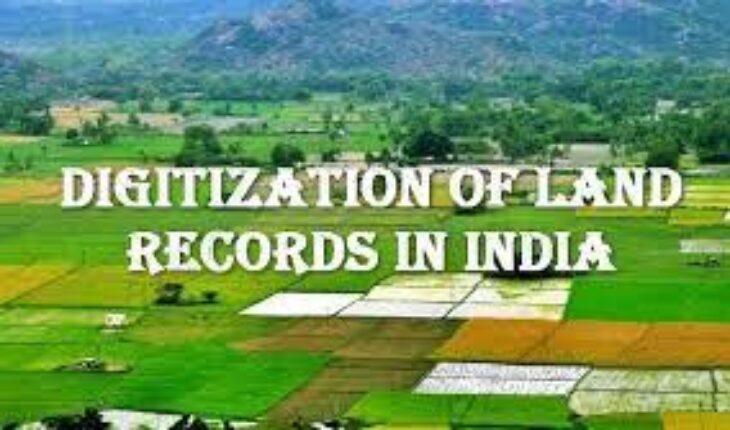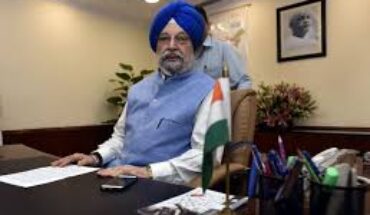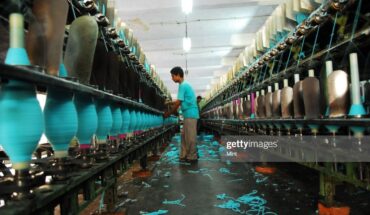NEW DELHI; Finance Minister Nirmala Sitharaman in her budget speech mentioned about Minimum Government and Maximum Governance,which is covered by Digital India Land Records Modernization Programme (DILRMP). The status of the schemes and the opportunities for the ministry are as follows:
Digital India Land Records Modernization Programme (DILRMP)
The Digital India Land Records Modernization Programme (DILRMP), a Central Sector scheme has been extended up to 2020-21 at a total cost of Rs. 950 crores. It attempts to build upon the commonalities that exist in the arena of land records in various States to develop an appropriate Integrated Land Information Management System (ILIMS) across the country, on which different States can also add State-specific needs as they may deem relevant and appropriate.
Substantial progress has now been achieved in the prime components of computerization of Record of Rights – more than 90% in 24 States/UTs, digitization of cadastral maps – more than 90% in 22 States/UTs, computerization of Registration- more than 90% in 27 States/UTs, connectivity between Sub-Registrar Offices and Tehsils, integration of Registration and Land Records – more than 90% in 20 States/UTs.
Other initiatives undertaken by the Department are as below:
I) National Generic Document Registration System (NGDRS)
To provide, one Nation one software for registration of documents & properties to ’empower citizens’, Department developed and field-tested a National Generic Document Registration System (NGDRS) through NIC/NICSI under the broad aegis of Digital India Land Records Modernisation Programme (DILRMP) a central sector scheme to include requirements of all the States and the same has been launched/under implementation in 10 states/Union Territories namely Andaman & Nicobar Islands, Dadra and Nagar Haveli, Goa, Himachal Pradesh, Jammu & Kashmir, Jharkhand, Maharashtra, Manipur, Mizoram and Punjab, benefiting 10.47 crore population.
The benefits are the reduction of land disputes, check on fraudulent transactions; Reduced process, time of document registration at Sub Registrar level as per reports from two state governments; processes and time taken in document registration has reduced from 9 to 6 processes and from 3-4 hours to 15-20 minutes respectively; presentation for document registration anywhere within concurrent jurisdiction is possible; SMS and email enabled alerts related to transactions on a property, a dashboard for senior authorities for monitoring the outcomes and analyzing the performance or challenges faced by SROs; data shared and used by important government authorities/stakeholders like the Revenue Department (Income Tax) with a data policy and standards in place; and external system integrations can be provided as required (i.e. eSign, eKYC, Payment Gateways, PAN Verification, ROR to fetch party names for data standardization)
NGDRS software is expected to improve the ranking of the country in ease of doing business in a world level forum and provide ease of living to the people.
II) Unique Land Parcel Identification Number (ULPIN):
The Unique Land Parcel Identification Number (ULPIN) System will have 14 digits – Alpha-numeric unique ID for each land parcel. The Unique IDs based on Geo reference coordinate of vertices of the parcel would be of international standard and compliance of the Electronic Commerce Code Management Association (ECCMA) standard and Open Geospatial Consortium (OGC) standards and it will provide compatibility so that all states can adopt it easily. Proper land statistics and land accounting through ULPIN will help develop land bank and lead towards Integrated Land Information Management System (ILIMS).
Benefits are to ensure uniqueness in all transactions and keep the land records always up-to-date; a link of all property transactions get established; delivery of citizen services of land records through the single window; sharing of land records data across departments, financial institutions and all stakeholders; and standardization at data and application-level would bring in effective integration and interoperability across departments.
The pilot test has been successfully carried out in 11 States namely Bihar, Haryana, Jharkhand, Odisha, Gujarat, Maharashtra, Karnataka, Madhya Pradesh, Sikkim, Andhra Pradesh and Goa.






